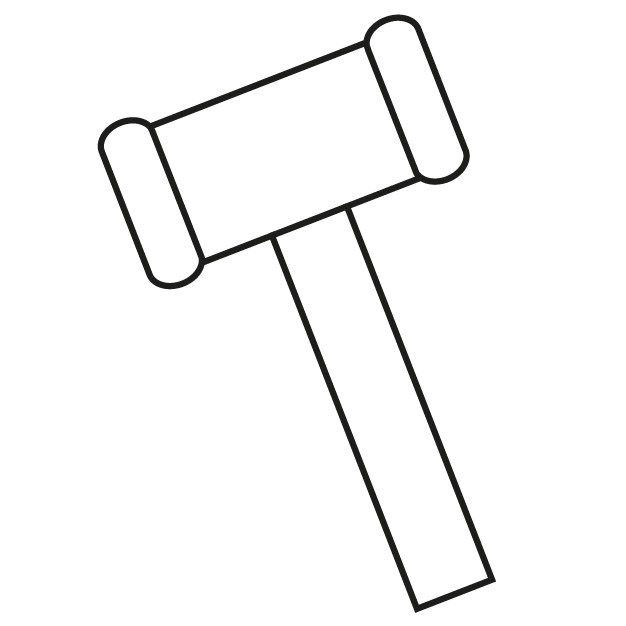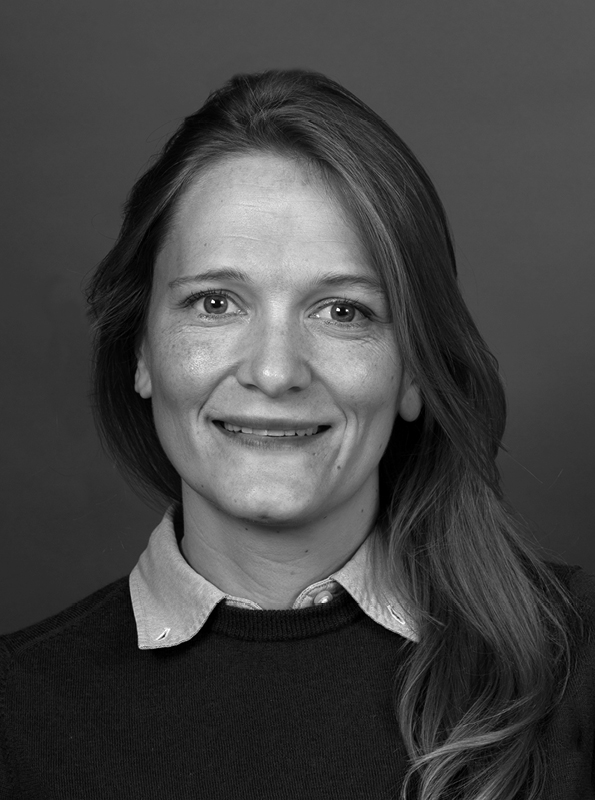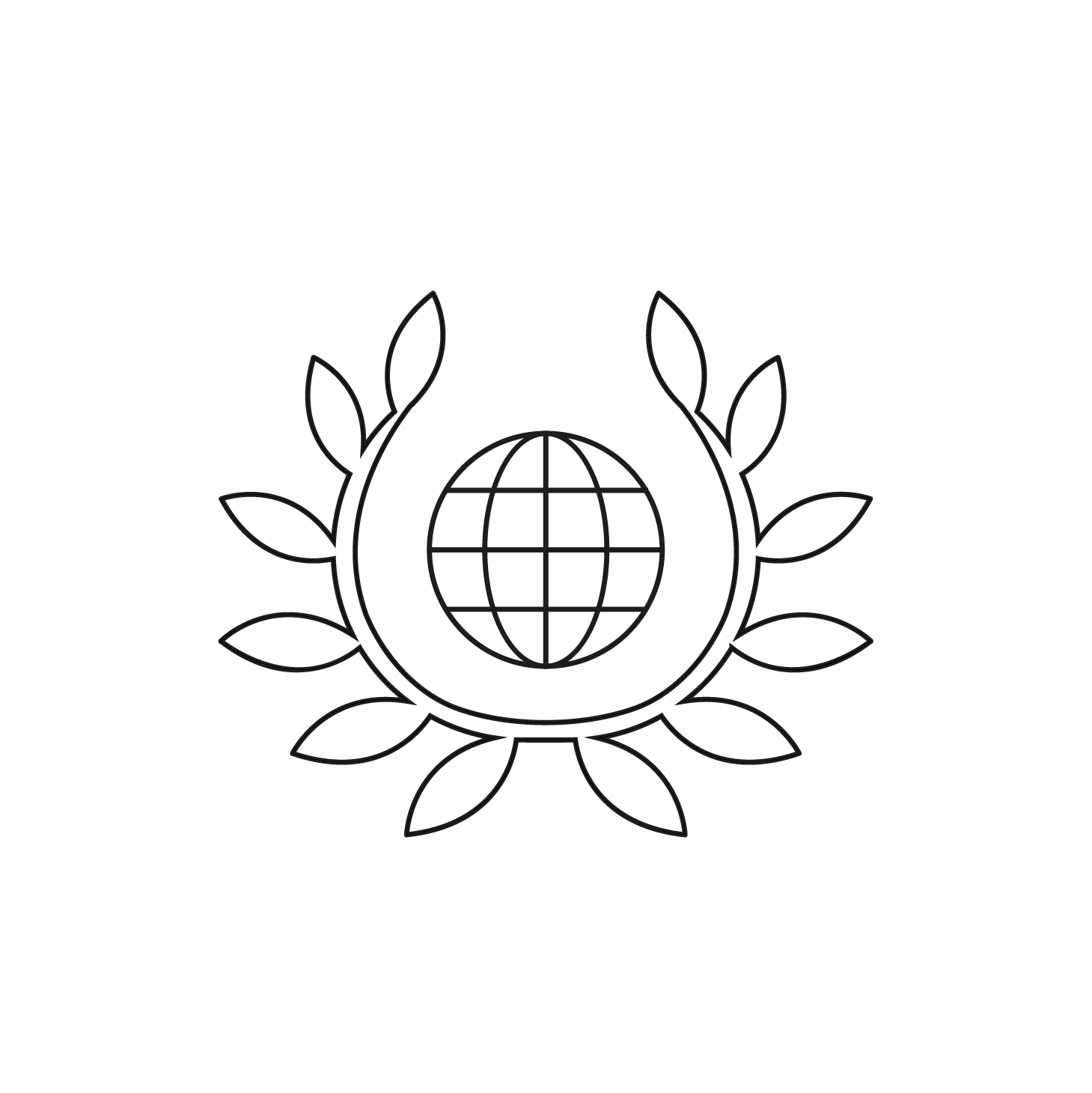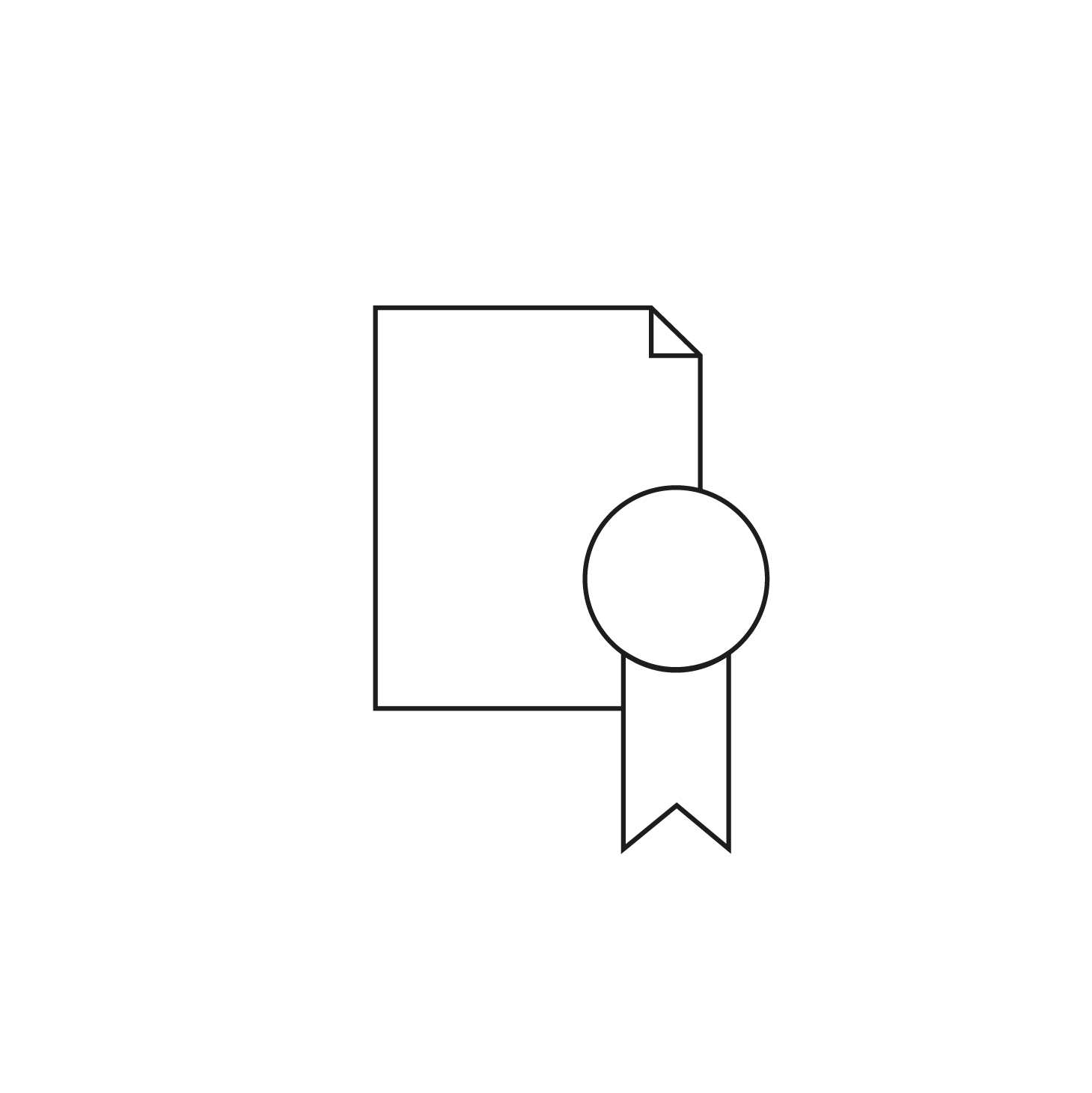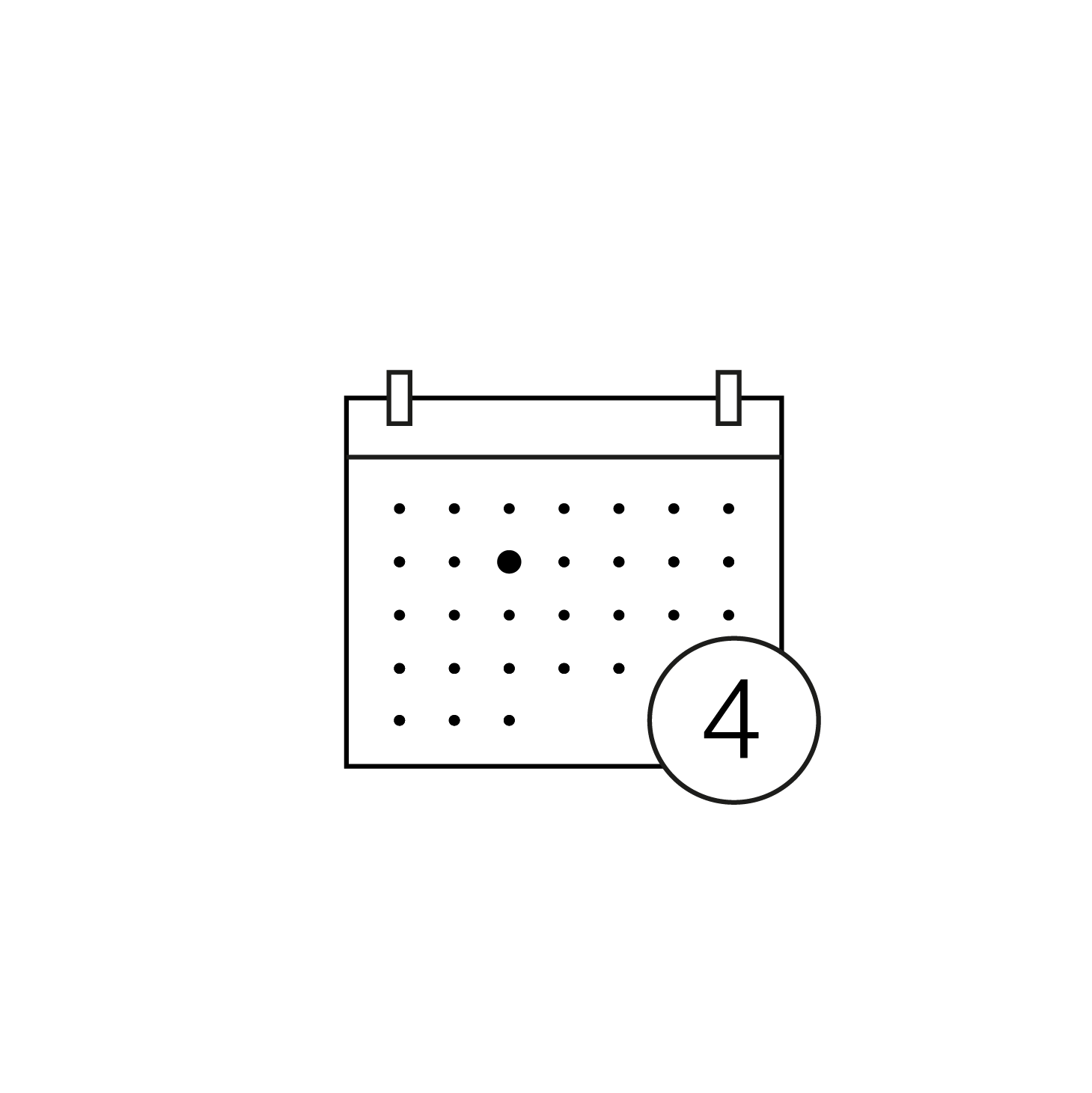Born in 1917 in Montevideo, Maria Freire is one of the major figures in the development of non-figurative art in Uruguay. After her artistic training at the Fine Arts Circle of the University of Montevideo, she found in pre-Columbian art and African masks a new field of experimentation and explored new abstract forms. When she visited the Sao Paulo Biennale in 1953, she discovered the work of several European painters, such as Piet Mondrian and Theo van Doesburg.
This confrontation confirmed her choice for abstraction. In 1957, she and her husband were awarded a prize that enabled them to travel to Europe. They continued their artistic training at the Stedelijk Museum in Amsterdam and the Louvre Museum in Paris. In addition to her career as a painter, Maria Freire also became a critic for the specialist magazine “Accion”.
See more
Maria Feire, who died in 2015, a key figure in abstract and geometric art in Latin America, is also the Uruguayan artist with the longest career to her credit. She is represented in many museums in Latin America such as the National Museum of Visual Arts in Uruguay, the Museum of Modern Art in Sao Paulo, the Museum of Modern Art in Rio de Janeiro, but also the Reina Sofia Museum in Madrid and the Museum of Modern Art in New York (MoMA).

